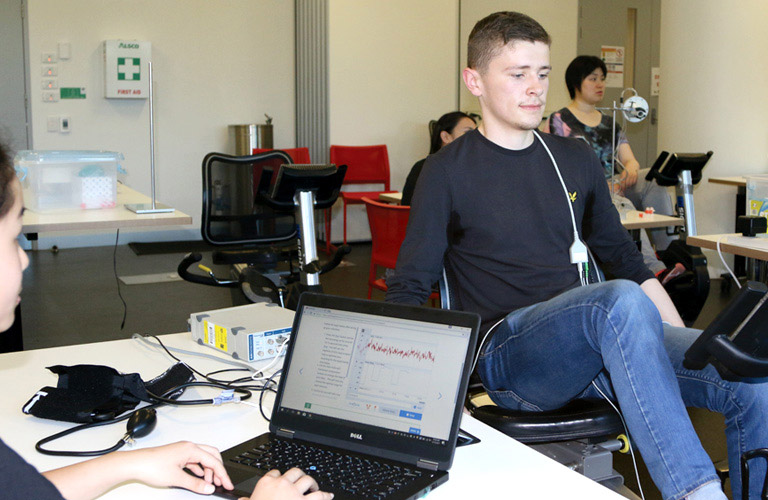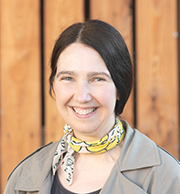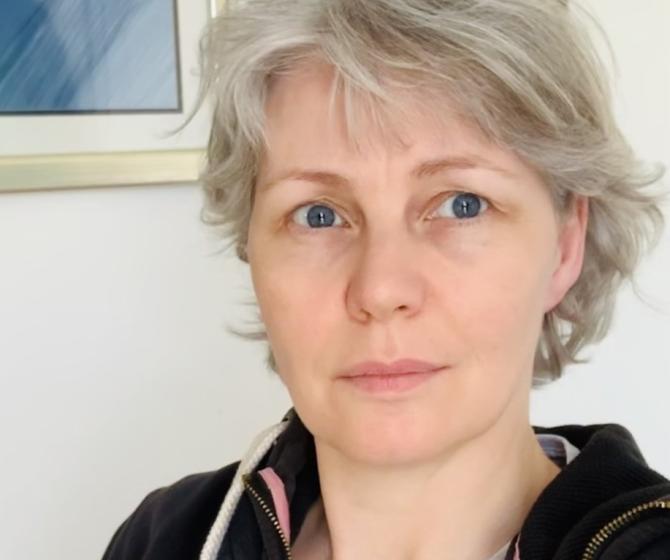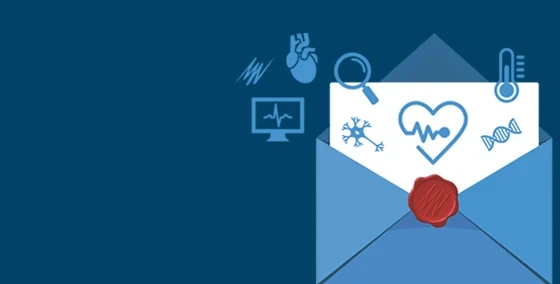Dr Dawn Collins is an Associate Professor in Neurobiology at Warwick Medical School (WMS). Dawn has been using Lt in her teaching for a number of years, and has helped other educators at WMS to include Lt in their teaching. Thanks to her support and encouragement, WMS now includes Lt in their Medical Sciences, Clinical Professional Development, and new undergraduate Health and Medical Sciences courses.
Here, Dawn reflects on how her use of Lt has changed over the years, how Lt has progressed, and why a five-year subscription was the right move for WMS.
Practice Makes Perfect
“I think our usage of Lt has really developed over the years. We started off using Lt purely for optional lab work for our medical students and have progressed to using it for clinical workshops, independent study, lab work, lectures, and more.
Of course, during the pandemic online teaching became key. Many teachers became interested in Lt, and are planning to continue teaching with it. They find that Lt is very intuitive. They can develop their own lectures or incorporate content provided by ADInstruments into their teaching, which can save a lot of time.
I think the more we use it, the more we find we can develop it and extend it to fit our purposes.”
Tools That Enhance Learning
“Lt complements our other teaching methods really well. In fact, we have actually designed our undergraduate courses to include a certain element of technology-enhanced learning. Lt fits in perfectly with this initiative and allows the students to work in their own time, on their own devices, wherever they want to study, which is really helpful.
The lab work is amazing because it gives them the chance to record their own physiological measurements and compare [them] to real-life clinical cases that we provide for the students.
Lt Sensors bring the laboratory into the classroom. I get the students to record their own biosignals in the lecture theater instead of keeping it as a separate lab experience. This brings real physiology and the theory behind it together, making the lectures more realistic and engaging for the students.”

Solidify learning by incorporating real physiological measurements into your classes.
Continual Development
“We initially started off using old LabChart and PowerLabs. The development of Lt allowed us to use it much more than we thought possible. The amount of readily-available content within Lt has increased dramatically in recent years and the flexibility the platform is now offering us is fantastic.
It will be interesting to see how the analytics develop because that's going to help inform us how the students are actually using Lt, which could be really useful for us and provide us with more data.”
Bringing Others on Board
“I have convinced the department to use Lt through persistence and encouragement. When people fear change, it’s really important to get them to actually try Lt. I have been encouraging colleagues to come along to workshops and see what Lt can actually do as well as presenting Lt as a package in different meetings and conferences. This gets colleagues thinking about how they can actually use Lt within their courses.
We have had the ADInstruments Customer Success Manager, Tom, teaching a number of workshops to our staff, which has helped our staff develop their teaching skills with Lt. We have interacted with most of the European ADInstruments team over the last few years to help us incorporate our course material into Lt here at Warwick. The help that we received from the team has been amazing!”
Related: Learn more about our online learning platform, Lt »
Five More Years of Lt
Long-term use of Lt enables experimentation, sharing best practice, and maintaining continuity
“We were going to use Lt for a number of years and so a five-year contract was perfect. We know we would use it for at least that long.
I would recommend taking a five-year deal because it allows you to explore Lt in ways that you never thought possible. The additional time has given us the chance to test Lt out for certain courses - we have time to encourage colleagues to try it.
The [commitment] has also allowed us to develop our own projects within Lt over time and follow them through, rather than just using Lt for a year, dropping it and moving onto the next platform. It does not make any sense to do that - we want continuity. I think this is really important for the students as well - we want the students to be familiar with the platform and to be happy using it throughout their course. So why change?”

Dr Dawn Collins,
Associate Professor in Neurobiology,
Warwick Medical School.
Dawn teaches neuroscience, physiology, and pharmacology at WMS. She has been using Lt in her teaching for a number of years within the MBChB and has gradually introduced Lt use across the spectrum of teaching within WMS, including Clinical Professional Development and the new undergraduate Health and Medical Sciences course.
You can view Dawn's full talk at Lt Brain Trust for Europe here.




